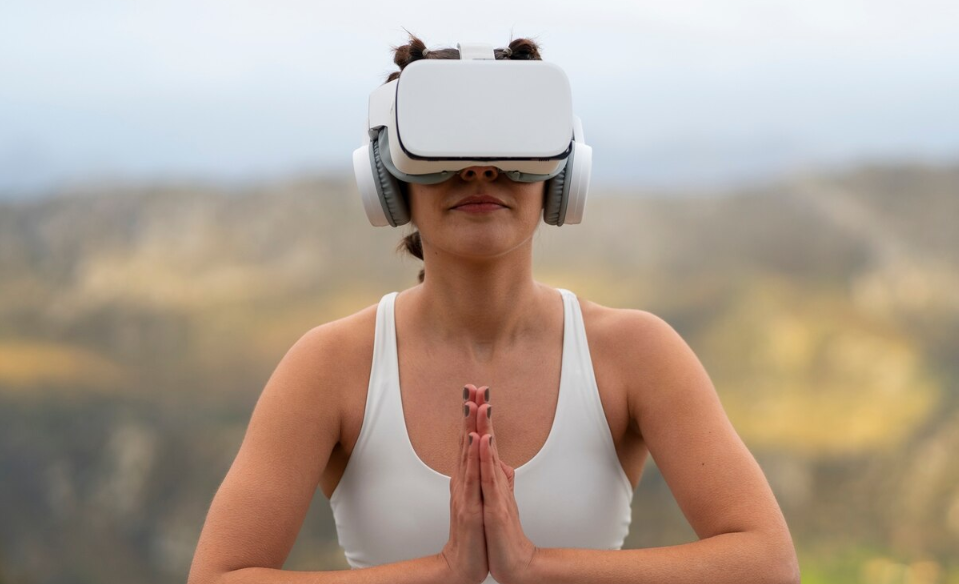Augmented Reality (AR) is no longer a futuristic fantasy—it’s becoming a part of everyday life. From social media filters to smart glasses, AR overlays digital information onto the real world, blending the physical and virtual in seamless ways. But as with any powerful technology, AR introduces not just possibilities, but profound ethical dilemmas.
One of the most pressing concerns? The rise of what could be called “augmented lies”—intentionally misleading or deceptive experiences delivered through AR. In a world where reality can be edited in real time, how do we define truth? And more importantly, how do we protect it?
What Are Augmented Lies?
“Augmented lies” refer to the use of AR to distort, fabricate, or manipulate reality in a way that deceives users or observers. These aren’t just visual tricks or clever illusions—they’re deliberate attempts to present a false version of reality through augmented content.
Examples include:
- A real estate agent using AR to hide flaws in a property during virtual tours.
- AR apps that display misleading product information or fake reviews in stores.
- Individuals using AR filters or lenses to impersonate others or drastically alter appearances.
- Political campaigns distributing false narratives visually layered over real-world locations or monuments.
In short, augmented lies blur the line between perception and deception.
The Rise of Personal Reality Bubbles
AR is personalized by design. Your AR overlay may be entirely different from someone else’s—even when you’re standing in the same place. While this customization offers convenience and tailored experiences, it also leads to fragmented realities where truth becomes subjective and manipulable.
This fragmentation opens the door to ethical concerns such as:
- Selective visibility: Hiding or highlighting certain people, objects, or information based on user profiles.
- Biased information layering: Reinforcing echo chambers by showing only data aligned with a person’s beliefs.
- Deep-fake augmentation: Combining AR with AI-generated content to create convincing but entirely false visuals.
Who Controls the Overlay?
One of the core ethical issues with augmented lies is the question of control. If a company or developer controls what information gets overlaid on reality, they effectively shape a user’s perception of the world.
This leads to major ethical questions:
- Should AR platforms be regulated like public utilities?
- Can users opt out of specific augmentations?
- How do we ensure transparency in what’s being shown—or hidden?
Without clear standards or regulation, AR developers could wield disproportionate influence over how people see and interact with the world around them.
The Consequences of Deceptive AR
The implications of augmented lies go far beyond pranks or visual tweaks. Some of the potential harms include:
 Psychological Impact
Psychological Impact
Repeated exposure to false AR content can erode a person’s ability to distinguish between reality and fiction, leading to confusion, manipulation, or even mental health issues such as derealization.
 Political Manipulation
Political Manipulation
Imagine walking through a city square and seeing AR overlays that show doctored protest footage or fake political endorsements. AR can be weaponized to distort public perception, amplify disinformation, or incite unrest.

 Loss of Trust
Loss of Trust
If AR becomes saturated with manipulative content, users may begin to doubt everything they see, leading to a crisis of trust not just in digital tools but in their own senses.
 Legal and Liability Issues
Legal and Liability Issues
If someone is harmed—physically, emotionally, or financially—due to false AR information, who is responsible? The developer? The user who spread the lie? The hardware manufacturer?
Ethics in Design: Building Truthful Augmentations
The best way to address the ethical risks of augmented lies is to bake ethics into the design process of AR technologies from the start.
Key Ethical Principles for AR Development:
- Transparency: Make it clear when something is augmented and provide information about the source.
- Consent: Ensure users opt in to personalized overlays and are informed about the data being used.
- Accountability: Create systems for flagging, reporting, and correcting false or harmful content.
- Equity: Prevent bias in how AR content is generated or displayed, avoiding discriminatory augmentations.
Toward a Code of Augmented Ethics
Just as journalism has a code of ethics to maintain truth and integrity, AR may need its own Augmented Reality Ethics Charter, guiding developers, companies, and users in maintaining a shared standard of digital honesty.
This could include:
- Restrictions on political AR content near election cycles.
- Required disclosure labels for commercial augmentations.
- Guidelines for ethical storytelling in immersive experiences.
Conclusion: Augmented Reality, Authentic Responsibility
Augmented reality has the power to enhance our lives, deepen our understanding, and make the invisible visible. But with that power comes the responsibility to protect reality itself.
As we step into a world where digital overlays are constant companions, we must ask: What kind of reality are we building? Is it one rooted in authenticity—or one clouded by augmented lies?
The ethics of AR will shape not just what we see, but what we believe. And belief, in a hyper-visual world, is everything.
Let me know if you’d like a follow-up piece exploring how to counteract AR misinformation or how education systems might teach “augmented literacy”!


